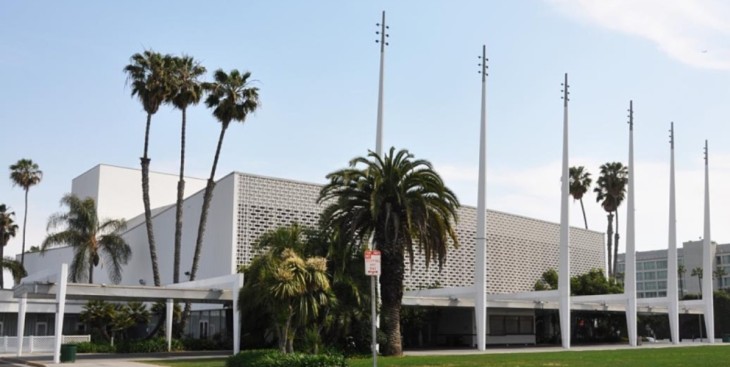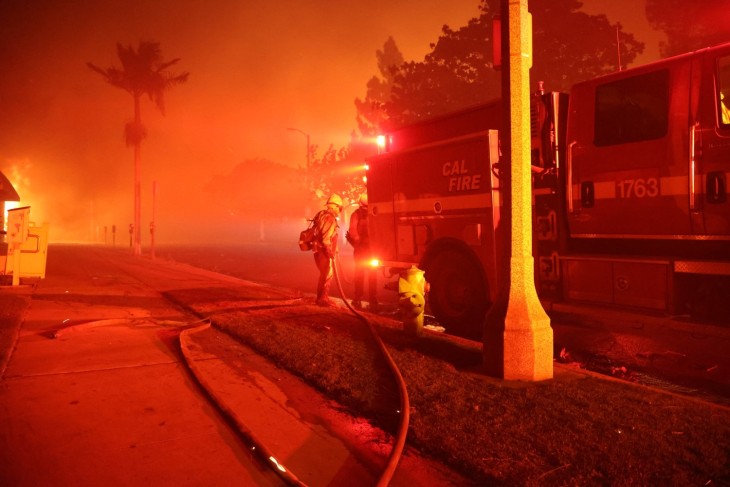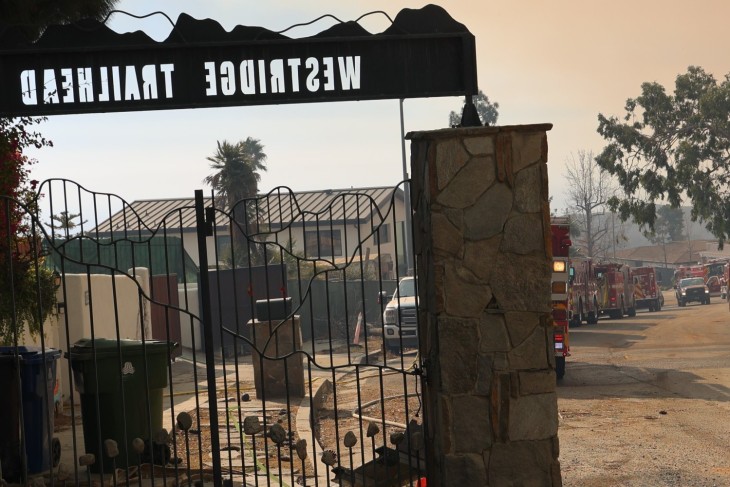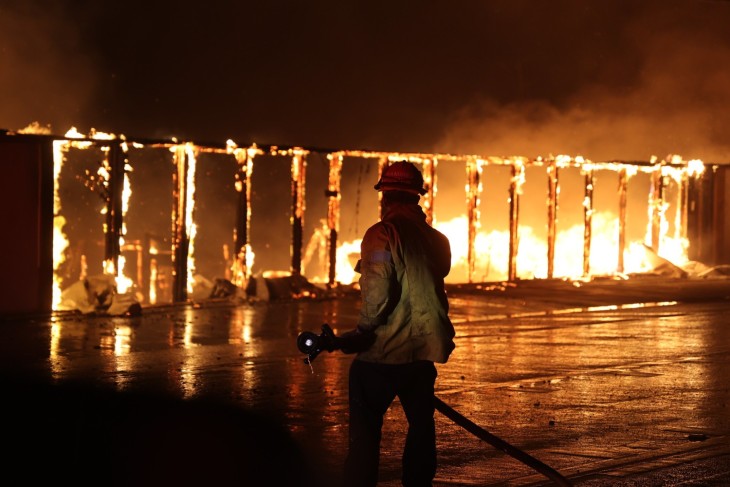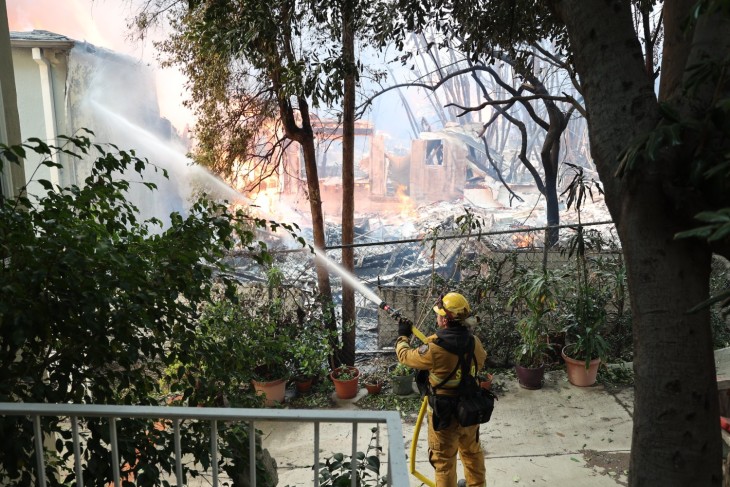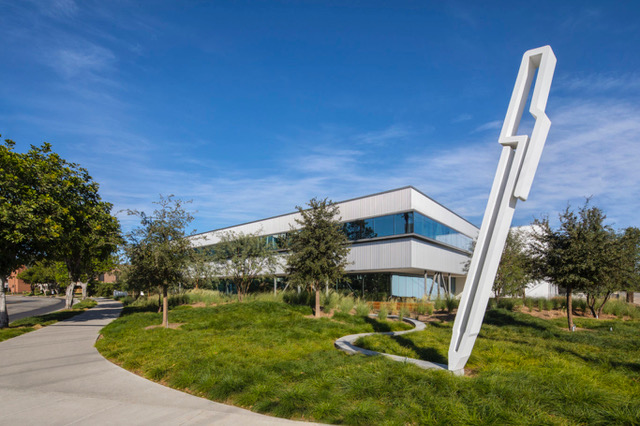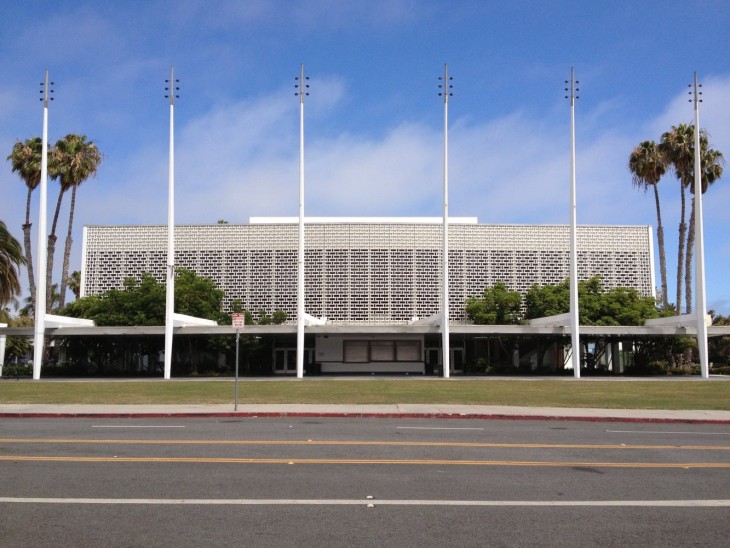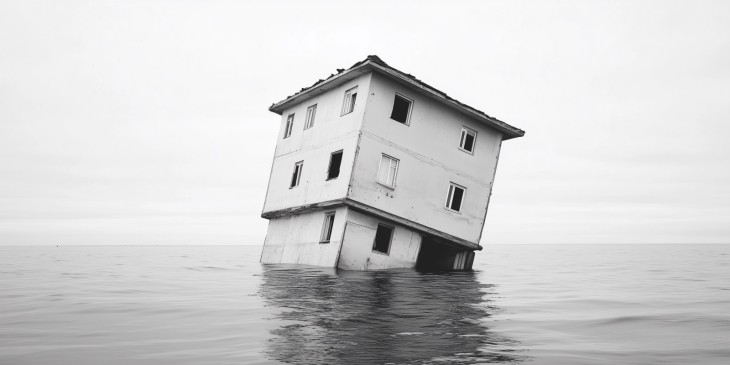Water flows downhill. It’s a basic reality now playing out 500 feet below the surface of California’s farmland everywhere from the fertile Central Valley to the citrus orchards of Riverside and San Diego counties.
But it’s a physical fact to which government so far pays no apparent heed. That’s one big reason crops from Valencia oranges to nectarines, Santa Rosa plums and both yellow and white peaches seem smaller than usual this year.
Here’s what’s happening: As surface supplies from the state Water Project and the Central Valley Project grow ever more scarce, farmers who can afford to are drilling their wells lower and lower, to the point where many bores now stretch more than 550 feet below the surface, reports the U.S. Geological Survey.
Because most older wells reach depths between 50 and 150 feet below the surface, when deeper wells are installed, water from shallower aquifers flows to them when geologic formations permit.
With well drilling costs now reaching about $225 per foot, and some wells as deep as 1,200 feet, a new well can cost much more than $200,000, far more than many family-owned farms can pay. Which means large corporate farms are hogging a lot of water, decreasing crop sizes and yields from smaller operations.
Under current law, there’s nothing any farmer can do about it when a deeper well is sunk under nearby property, draining supplies that in some cases have lasted generations.
“They’re taking my water,” says Jack Balama, a longtime fruit farmer on the west side of the San Joaquin Valley. “Basically, they’re drilling under my wells and I can’t stop them. So my nectarines and peaches are sweet this year, but not nearly as big as usual. It’s sad.”
That’s why there’s a distinctly hollow ring when Gov. Jerry Brown touts California’s new groundwater regulation law as one of the signal achievements of his second run as the boss in Sacramento.
Not only does the timetable for the 2014 law mean that significant limits on pumping groundwater won’t be enforceable until about 2030, when supplies could well be even more depleted than today’s, but at least until then no one will know who is using the most of this essentially irreplaceable resource.
Which highlights the need for another new groundwater law, this time one that forces quick metering of ground water use. If the public knew for sure who is drawing the most water from the state’s limited underground streams, lakes and ponds, better known as aquifers, customers could react in whatever way they want, from boycotting water hogs to gravitating to their more conservation-minded neighbors.
But this won’t happen soon. Corporate farmers are often big political donors; they saw to it that not a single legislator from the Central Valley region voted for even the weak ground water law passed last year.
Plus, there has long been resistance to water metering of any kind in the Central Valley. Many Valley communities have just begun metering water use in homes and businesses, and some don’t have meters yet, even though they will soon be everywhere.
The drought this year will see farmers around the state fallow 560,000 acres, the most in recent history, report researchers at UC Davis. This will mean 19,000 fewer jobs than without the drought. It means drivers traveling the major north-south highways through the Central Valley, I-5 and U.S. 99, will see vast vistas of bleak and vacant brown earth, some dotted with political signage casting blame for the scene on just about everyone but the farmers themselves.
The signs indicate conflict, but this time it’s not just cities vs. farms or fish vs. people, as drought battles are often cast by political spin doctors, but it’s farm against farm.
The trouble is that farmers whose wells suddenly run dry can’t always tell where their water has gone. All they know is that it has flowed downhill somewhere away from them, and the lack of any metering means no one can be held responsible.
Which makes it high time for politicians from the governor on down to stop bragging about passage of a very meek law and start acting to pass a tough one that might actually bring some equity to California’s water scene.


